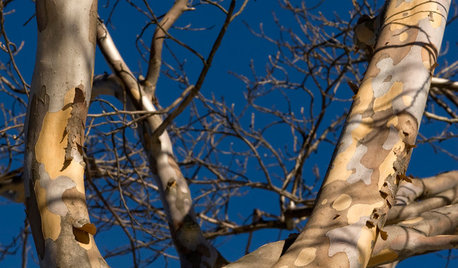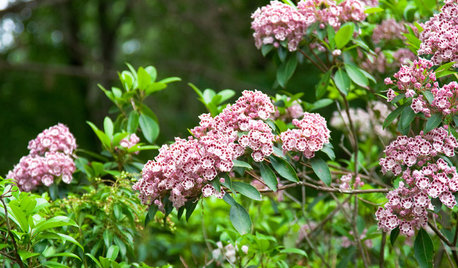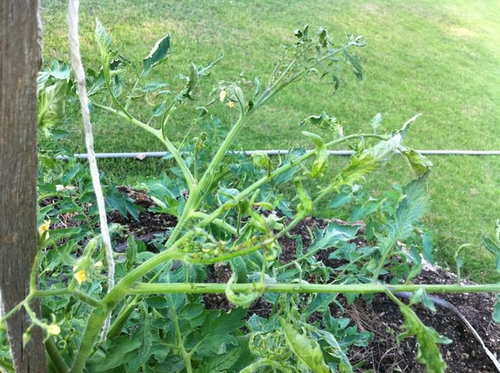Gnarly Growth
quitman6
11 years ago
Related Stories

DESIGN DICTIONARYBurled Wood
Gnarly tree growths create burled wood's interesting shapes and patterns
Full Story0

LIFEThe Beautiful Thing About Dad's Chair
My father had his own spot in the house. His father had his own spot. Now I have mine
Full Story
WINTER GARDENING8 Gorgeous Trees for Winter Interest in the Garden
Intriguing forms and beautiful branches take center stage when color heads back into the wings of the winter landscape
Full Story
FALL GARDENINGBe Your Own Wildflower Nursery
Gather seeds from your garden in fall, and you'll have a selection of plants for next year — without spending a dime
Full Story
LANDSCAPE DESIGNThe Unparalleled Power of Trees
Discover the beauty and magic of trees, and why a landscape without them just isn't the same
Full Story
FALL GARDENING5 Fall Fruits You Can Grow in Containers
Brighten your porch or patio with a potted pomegranate, kumquat, blueberry bush or another great fall fruit
Full Story
FLOWERS AND PLANTSKalmia Latifolia’s Origami-Like Flowers Shine in the Shade
This shade-tolerant shrub, also known as mountain laurel or calico shrub, thrives in East Coast woodland gardens
Full StorySponsored
More Discussions










garystpaul
jean001a
Related Professionals
Windham Landscape Architects & Landscape Designers · Arnold Landscape Architects & Landscape Designers · Ashburn Landscape Architects & Landscape Designers · Deerfield Beach Landscape Contractors · Lehigh Acres Landscape Contractors · Live Oak Landscape Contractors · Newnan Landscape Contractors · Parkland Landscape Contractors · San Carlos Park Landscape Contractors · Streamwood Landscape Contractors · West Chicago Landscape Contractors · Quartz Hill Landscape Contractors · Arlington General Contractors · Harvey General Contractors · Decks, Patios & Outdoor EnclosuresBets
garden.nerd
jrslick (North Central Kansas, Zone 5B)
digdirt2
quitman6Original Author
digdirt2
missingtheobvious
Bets
ReedBaize
jrslick (North Central Kansas, Zone 5B)
missingtheobvious
samsthumb